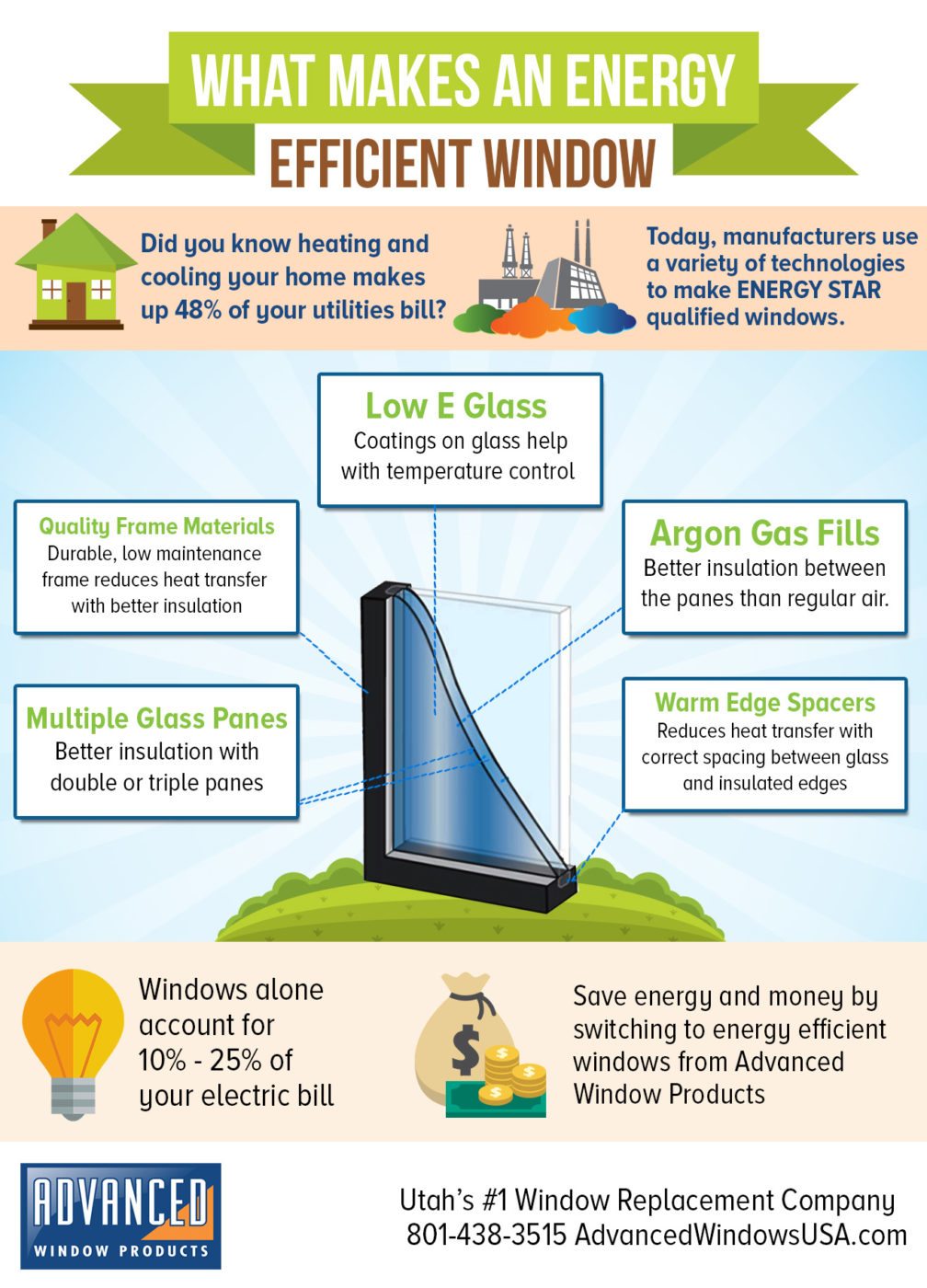Superior Pressure Cleaning Approaches For All Surface Enters
Superior Pressure Cleaning Approaches For All Surface Enters
Blog Article
Author-Coley Geertsen
When it pertains to push cleaning, the technique you choose can make all the difference in achieving a tidy, streak-free surface. You might discover that difficult surfaces, like concrete, need a various technique than softer materials, such as timber or vinyl. It's essential to adjust your techniques to the surface type to prevent damages while maximizing cleaning efficiency. So, what are the most effective techniques for each and every surface, and exactly how can you guarantee you're using the ideal settings and devices for the job? Let's discover what you require to recognize to obtain the best results.
Hard Surface areas
When it pertains to pressure cleaning difficult surface areas, prep work is crucial. Prior to you even think about pulling out the stress washer, take the time to get rid of the location of any kind of debris, furnishings, or challenges. You don't want anything getting in your way or possibly harmful your tools.
Next off, inspect the surface for any splits or damage; this will certainly assist you identify the best strategy and stress settings.
As soon as you've prepared the location, it's important to pick the best nozzle. For tough surface areas like concrete or brick, a slim nozzle (15 or 25 levels) works best to provide a concentrated stream of water that can successfully remove grime and discolorations. Always start at a distance and slowly move closer to stay clear of any type of surface damages.
As you begin washing, maintain the stick moving to prevent touches and over-saturation. It's additionally valuable to work from the top down, enabling dirt and particles to remove normally.
Ultimately, remember to wash the surface completely after cleaning to get rid of any type of remaining detergent. With these methods, you'll achieve a clean and refreshed look on all your tough surface areas.
Soft Surfaces
Stress cleaning soft surfaces calls for a gentler method to safeguard them from damages. Whether you're cleaning your deck, patio area furnishings, or house siding, using excessive pressure can lead to damages, scratches, and even irreparable injury.
Beginning by choosing a low-pressure nozzle, preferably a 25-degree or larger spray pattern, to disperse the water a lot more carefully.
Prior to you start, it's critical to pre-treat any type of spots with a suitable cleansing option. visit their website allows the cleaner to pass through the dust and grime, making it much easier to remove without scrubbing too hard.
Constantly apply industrial window washing services from the bottom as much as protect against streaking.
When you start pressure washing, maintain a range of at the very least 12 to 18 inches from the surface. Move your stick in a sweeping movement, maintaining it alongside the surface area to prevent focused pressure on one area.
Wash the location completely after cleansing to get rid of any recurring cleanser.
Lastly, examine the surface for any kind of missed places and duplicate the process if required. By following these steps, you can effectively clean soft surface areas while maintaining their honesty and look.
Specialty Surfaces
Cleaning up soft surfaces requires treatment, but specialty surface areas require much more attention to information. When you take on these surface areas, like delicate wood, tarnished concrete, or certain kinds of home siding, making use of the ideal pressure washing techniques is crucial to stay clear of damages.
Initially, analyze the product. For example, dealt with timber can commonly endure modest pressure, however softer timbers like cedar may need a lower setting. Constantly start with the most affordable pressure and gradually increase if necessary.
For stained concrete, make use of a follower spray nozzle and keep a regular distance to stop etching the surface area.
When dealing with surfaces like vinyl house siding or repainted surfaces, a vast spray pattern assists disperse the stress equally, safeguarding the coating.
It's also wise to use cleaning agents specifically created for specialized surface areas. They can improve cleaning without jeopardizing the material.
Wash completely after cleaning to remove any deposit, as it can lead to discoloration or degeneration gradually.
Verdict
To conclude, grasping stress washing methods for different surface areas can make all the distinction in your cleaning results. For difficult surface areas, stick to slim nozzles and a top-to-bottom technique, while soft surfaces require a gentler touch with wider nozzles. Don't forget to pre-treat discolorations and rinse extensively to avoid deposit. By adapting your techniques per product, you'll not only accomplish a cleaner coating but additionally protect the integrity of your surface areas. Satisfied cleansing!
